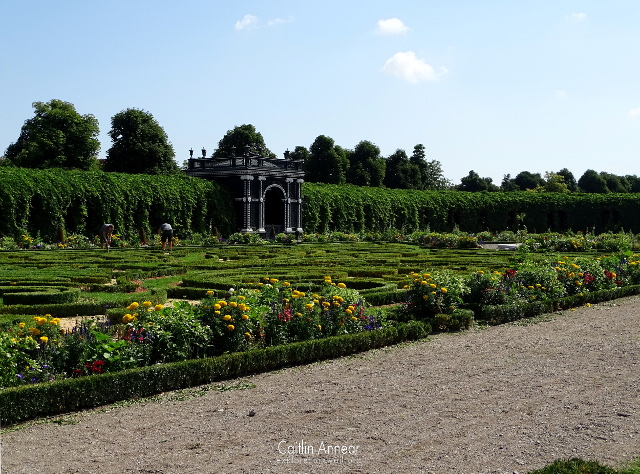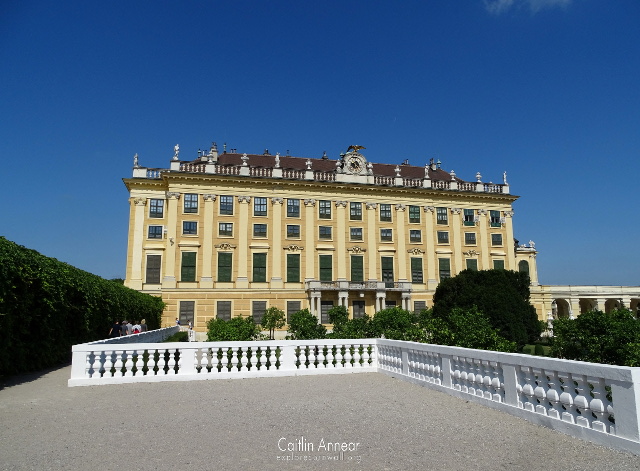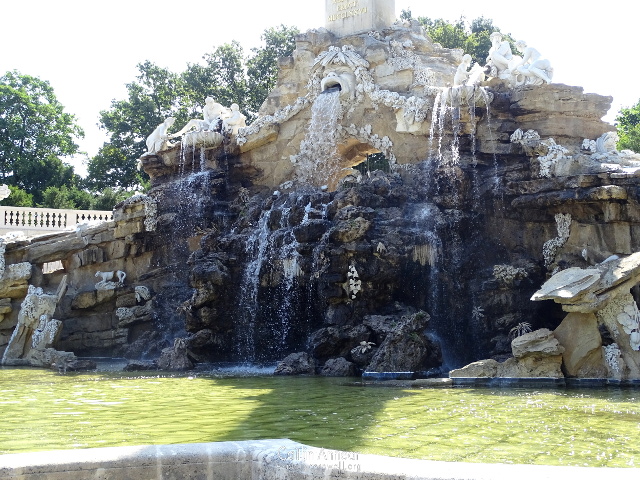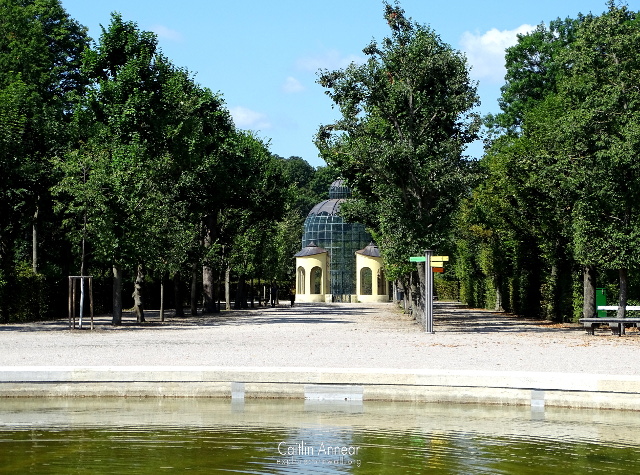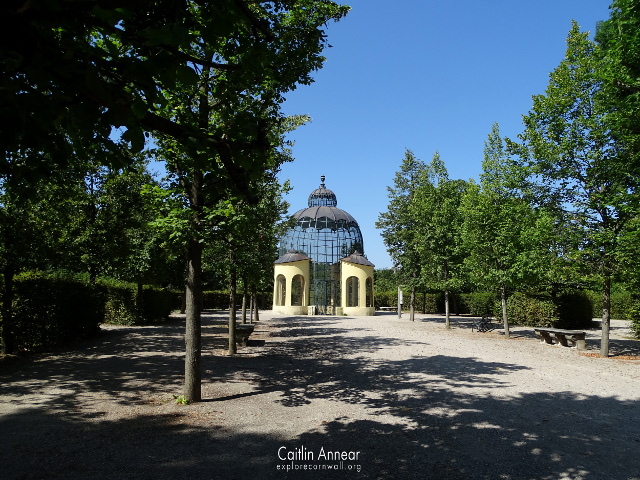Just outside the centre of Vienna is a work of art that showcases everything that the Habsburg dynasty stood for. With its vast yellow walls and extensive gardens, Schloss Schönbrunn is a really beauty.
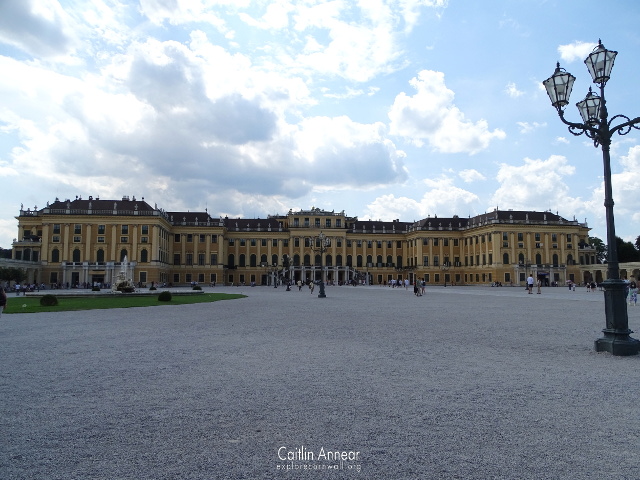
If you have the time while in Vienna, setting aside a day to explore the Schönbrunn palace is not time wasted. We started off our tour using the incredible Vienna Pass to get a Grand Tour; this includes the full palace tour and access to the Gloriette, privy gardens, orangery and maze. We lined up at the tour start, handed over our bags and picked up audio guides. The tour then takes you through a great number of the 1,400 rooms.
After the palace tour we began to meander around the extensive park, heading up each avenue to inspect the copious fountains and sculptures. We eventually wound our way up the slope towards the Gloriette, a prominent feature on the hill. Taking the steps, we used our passes again to access the roof and take in the views of Schönbrunn and the surrounding city.
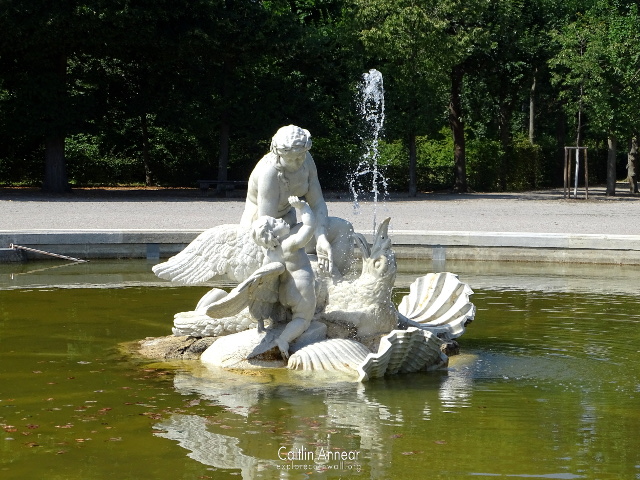
The history of Schönbrunn as we know it started in 1569 when the estate, originally named Katterburg, was acquired by the Habsburg family through Maximilian II. At this time it included a much smaller house, stables and a water mill as well as a garden and orchard. Legend says that during 1612 Emperor Matthias found a spring on the estate, giving it its name “Schoner Brunnen” meaning “fair spring”. The original chateau de plaisance was built in 1642 for Eleonora of Gonzoga. It was during this year that the name officially changed to Schönbrunn. In 1683 the house and park were overrun by Turkish troops during the seige of Vienna.
The house as it stands today was first commissioned in 1686 by Emperor Leopold I for his son Crown Prince Joseph. Baroque architect Johann Bernhard Fischer von Erlach was employed to design a new hunting lodge, although this wasn’t completed by his death in 1711. His wife continued to live in the house.
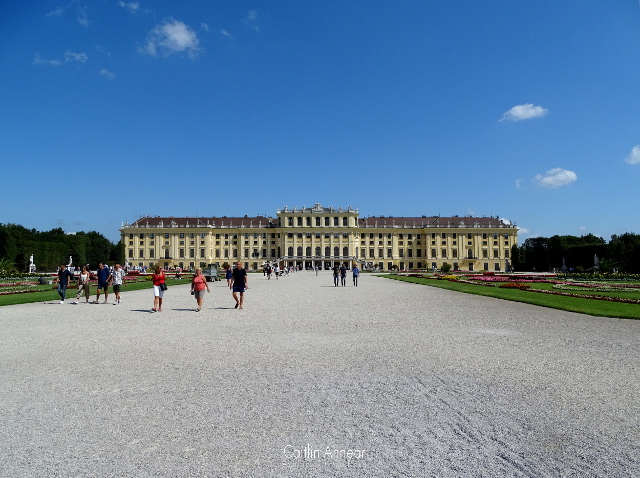
Little of significance happened until 1728 when Emperor Charles VI gifted the estate to his daughter Maria Theresa who really took the reigns with its development. Under her care the palace became the centre for court and other political engagements, being transformed into a grand summer residence. Along with new quarters for her ever expanding imperial family, large sections of the west and west wings and the court chapel were altered. Extensive working quarters were added for the more than 1,000 staff.
In the 1750-60’s building work continued, with a new vaulted ceiling being added to the Great Gallery to match the Small Gallery, new frescoes by Gregorio Guglielmi and stucco decoration by Albert Bolla. Much of the garden side of the palace was decorated in the Rococo fashion.
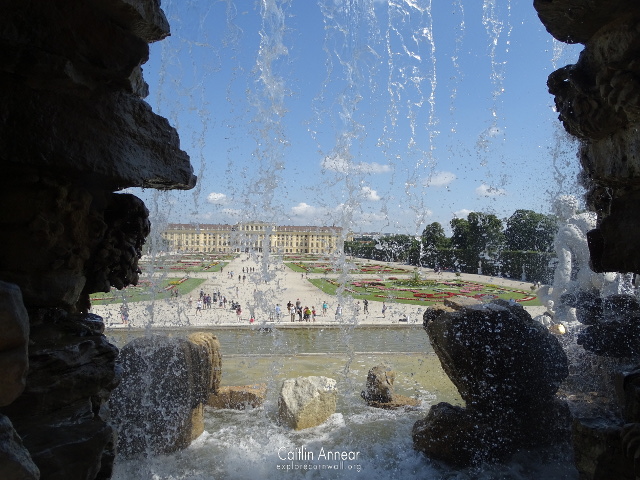
It was during the 1770’s major advancements were made to the park. This included the creation of the Gloriette, Roman Ruin, Obelisk Fountain and the Neptune Fountain. New avenues were put in with fountains and sculptures dotted throughout. This work was so extensive that it was not finished until after her death in 1780. Her son, Emperor Joseph II showed little interest in the palace, but on his mother’s request made sure it was maintained. However, by the early 19th century it was in desperate need for repairs.
The small structure above is one of my favourite bits of the house, simply for its function. As Scott and I approached it I joked to him that the palace and grounds were so fancy that I thought it could be a posh pigeon house. You know what? I was right!
Built between 1750-76, this Columbary or dovecote was used to house different species of dove and pigeon.
On the succession of the thrown to Emperor Franz Joseph, the house once again became the epicentre of the empire again. In his old age he made old age he made the palace his main residence, a place he stayed until he died.
His successor Karl I formally abdicated from his position in 1918 and left Schönbrunn. Following this change the palace, like all the others, fell into state hands.
The palace was then used to house a number of different groups following the disbandment of the imperial leadership, including many of its former employees. The Imperial Apartments were quickly turned into a museum, and despite some damage during WWII, remain so today.
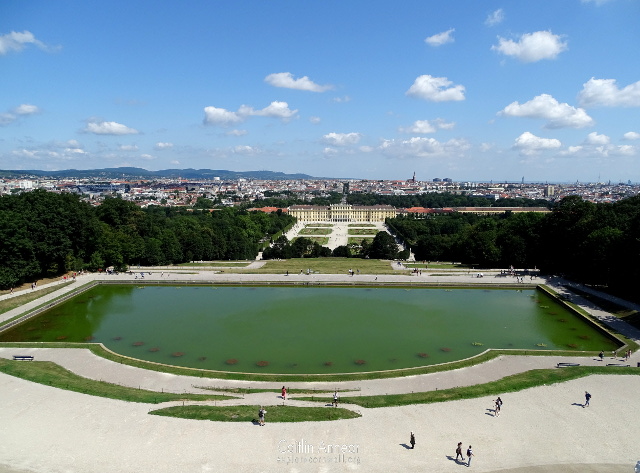
The view from the top of the Gloriette.
The original hunting lodge would have been pained orange and brick red, with significant parts of the building then painted white. During Maria Theresa’s reign it was first painted a golden ochre colour, with white used later on to pick out the articulation. It wasn’t until the mid 19th century that the famous Schönbrunn yellow prevailed.
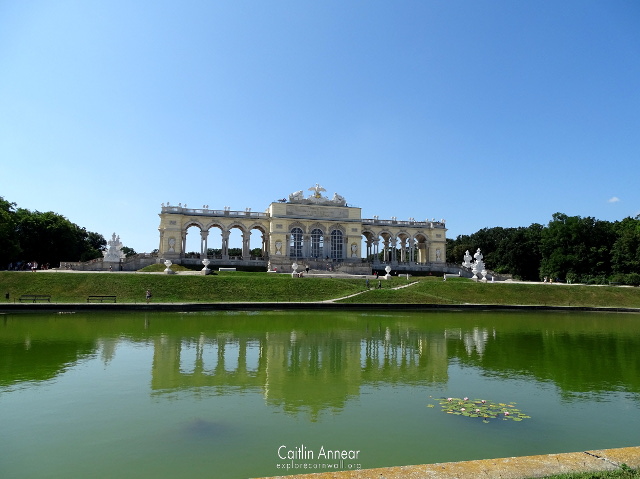
The Gloriette, built to commemorate victorious armies of the Habsburg family.
One other vital stop on your tour around the park is to visit the Cafe and watch the famous Apple Strudel show, where a strudel is made by one of their chefs in front of you. This comes complete with a coffee and a piece of strudel.
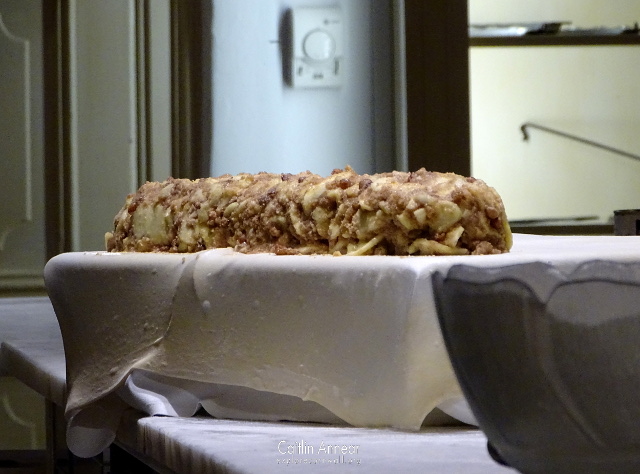
Access is available to nearly the whole site for those with wheelchairs or other mobility issues.
The park surrounding Schönbrunn is free to access by everyone, although no dogs are welcome. To visit the palace itself or the other items dotted around you’ll need to pay for entry.
There are several cafe’s and restaurants on the site.
There is a limited amount of paid parking available on the site. The site is very easily accessed via foot or public transport.
History of Schonbrunn (2020). Available at: https://www.schoenbrunn.at/en/about-schoenbrunn/the-palace/history/.
Schönbrunn (2020) The World of the Habsburgs. Available at: https://www.habsburger.net/en/chapter/schonbrunn-schonbrunn-beginnings (Accessed: 9 May 2020).

